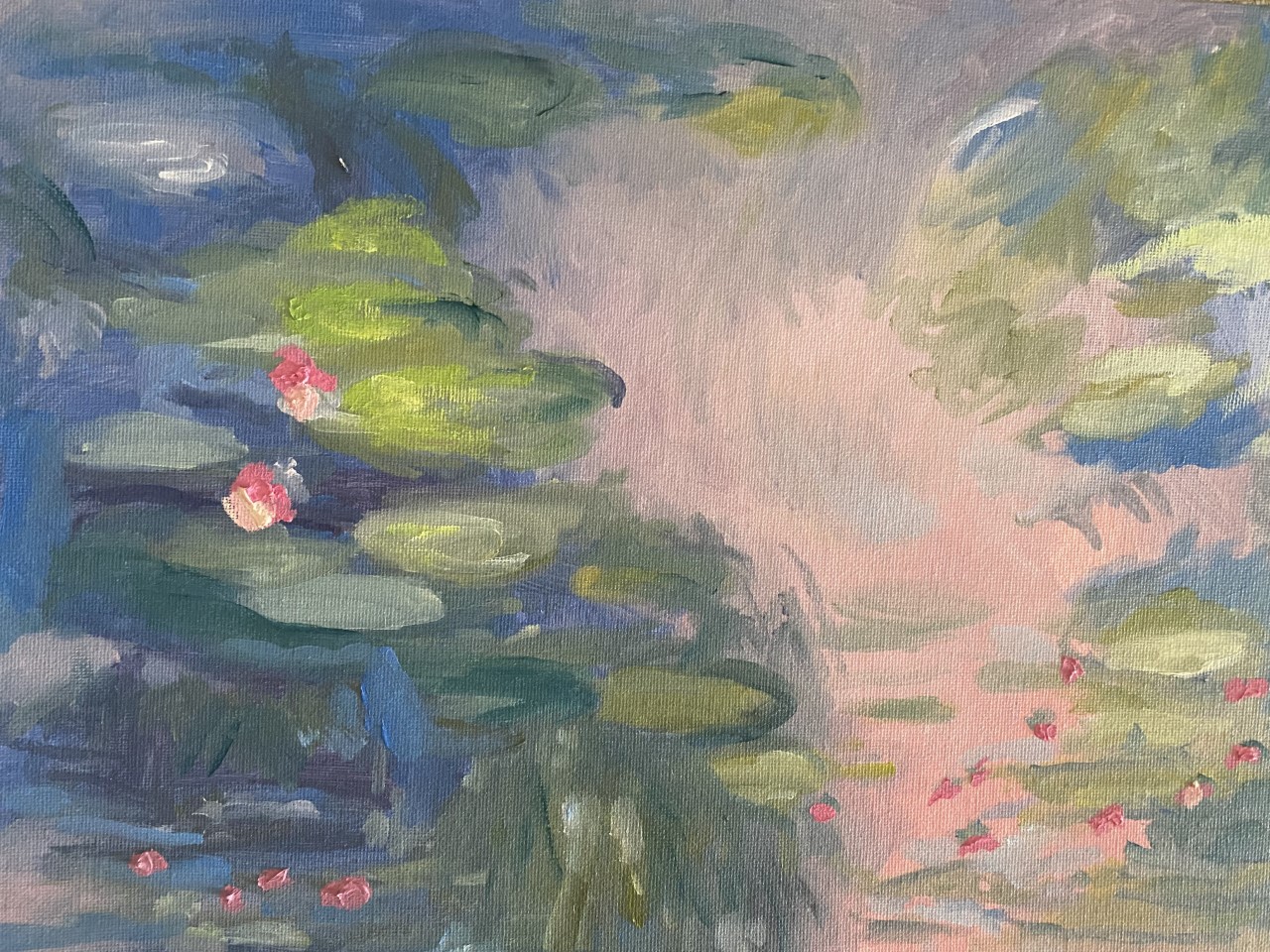Born in Kudat in British North Borneo (today’s Sabah), Elizabeth Choy is well-known for her courageous acts of resistance during the Japanese Occupation. Growing up in Sabah, Elizabeth was raised by a Kadazan nanny and received her early schooling at St Monica’s in Sandakan. Because the teachers had difficulty pronouncing Chinese names, she adopted the English name Elizabeth. In 1929, she moved to Singapore to further her studies at The Convent Of Holy Jesus. She excelled academically, and was awarded the Prize of Honour in her first year of school. The onset of the Great Depression in 1929, followed by the untimely death of her mother in 1931, placed upon her the burden of raising her six younger siblings. She gave up a college education to start work, in order to finance the education of her younger siblings. She became a teacher and taught at St Margaret’s School as well as St. Andrew’s School.
During the Japanese Occupation, Elizabeth and her husband lost their jobs. They set up a canteen at the Miyako Hospital, and risked their lives by secretly supplying food, medicine, money, letters and radios to British prisoners-of-war held at Changi Prison. This system worked effectively until Operation Jaywick took place in September 1943, during which a joint Australian-British commando force successfully sank seven Japanese ships in Singapore Harbour. Believing their activities to be related to the Double Tenth Incident, Elizabeth and her husband, Choy Khun Heng, were arrested by the Japanese military.
Elizabeth endured repeated torture, including electric shocks and being pumped with water. In an attempt to extract a confession from her husband, Elizabeth was tortured in front of him by their Japanese captors. In his affidavit at the Double Tenth trial in 1946, Khun Heng recounts that “[Elizabeth] was tied up with hands and legs to a frame kneeling on firewood. They took out two leads from a generator and applied it to her body for 15 minutes. She was screaming all the time…”
In spite of all this torture, Elizabeth remained steadfast and refused to confess. Although she was unable to suppress her screams or the tears streaming down her face, she never revealed the names of anyone she had assisted. After every torture session, she always walked with resolution back to her cell. Eventually, the kempeitai became impressed with her courage, selflessness and altruism. At the Double Tenth trial, one of the accused, Warrant Officer Monai Tadamori remarked in his affidavit: “I … sent away Mrs Choy. She went back with no sign of pain, just in the same spirited condition as she came in.”
True to her nature, Elizabeth put aside self-pity and tried to make life bearable for others during her detention. At the trial of Sergeant Okayama Hikoji, witness Dorothy Nixon spoke of Elizabeth’s acts of kindness. They were the only female prisoners in a prison cell shared with 18 other men. Dorothy had been wearing the same frock for 24 days and Elizabeth had lent her a frock to wear so she could wash her dress in the cell. On another occasion, upon realising that Dorothy’s only frock was in shreds, Elizabeth had tried to help her ask the Japanese authorities for another frock as replacement.
The electric shock treatment was so traumatic that Elizabeth developed a lifelong fear of electrical appliances. Despite the lasting impact of the atrocities inflicted upon her, Elizabeth chose not to seek retribution after the war. When she was later asked to identify her torturers by British personnel after the war, she refused to name a single person. “It’s all over, finished. I don’t blame the soldiers. It was the war that was wicked and evil… I shall not forget but I shall forgive.”
Elizabeth was finally released from detention by the Japanese after 193 excruciating days. In an interview given in 1973, Elizabeth revealed the source of her unwavering strength. “When I was taken by the kempeitai, and there was no one who could help me, my only source of strength and comfort was God. And He never failed me…”
After the war, Elizabeth was invited to England. As the only female local to have been incarcerated during the war for such an extended period, she was hailed as a war heroine and awarded the Order of the British Empire (OBE). Elizabeth was also awarded the Bronze Cross, the Girl Guides’ highest honour, the Order of Sarawak, and the Pingkat Bakti Setia Award from Singapore.
On returning to Singapore in 1949, Elizabeth resumed teaching and became involved in politics. She became the first and only woman member of the Legislative Council in 1951, where she spoke on behalf of the poor and needy, and campaigned for the development of social services and family planning. Her wartime experiences had inculcated in her the belief that civic development required effective protection from aggressors. She advocated for national self-defence when she served as a second lieutenant in the women’s auxiliary arm of the Singapore Volunteer Corps. Elizabeth later founded the Singapore School for the Blind and became its first principal. Her dedicated service in social work carried on well into her 90s.
Elizabeth passed away at the age of 96 from advanced pancreatic cancer. Her life has been described to be “a spiritual inspiration for all Christians”. She was someone who loved peace, and upheld the exhortation of “be kind to everybody… the strong helping the weak, the rich helping the poor” .
